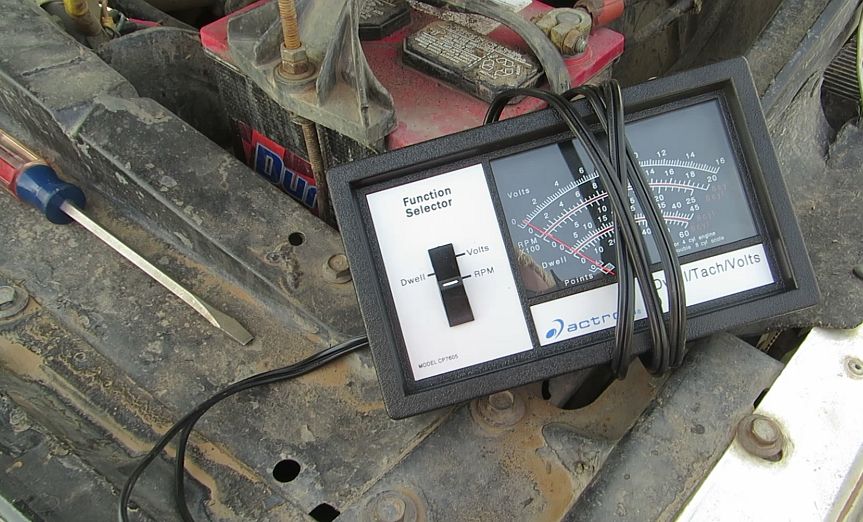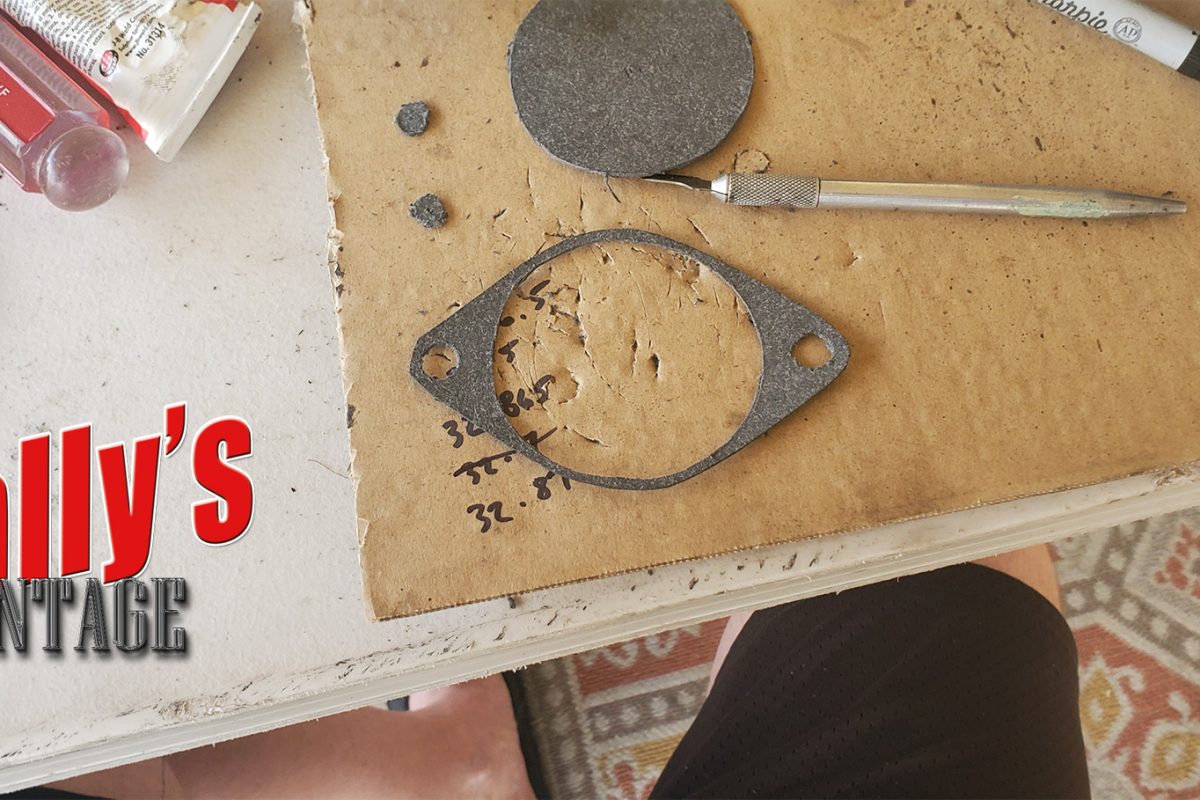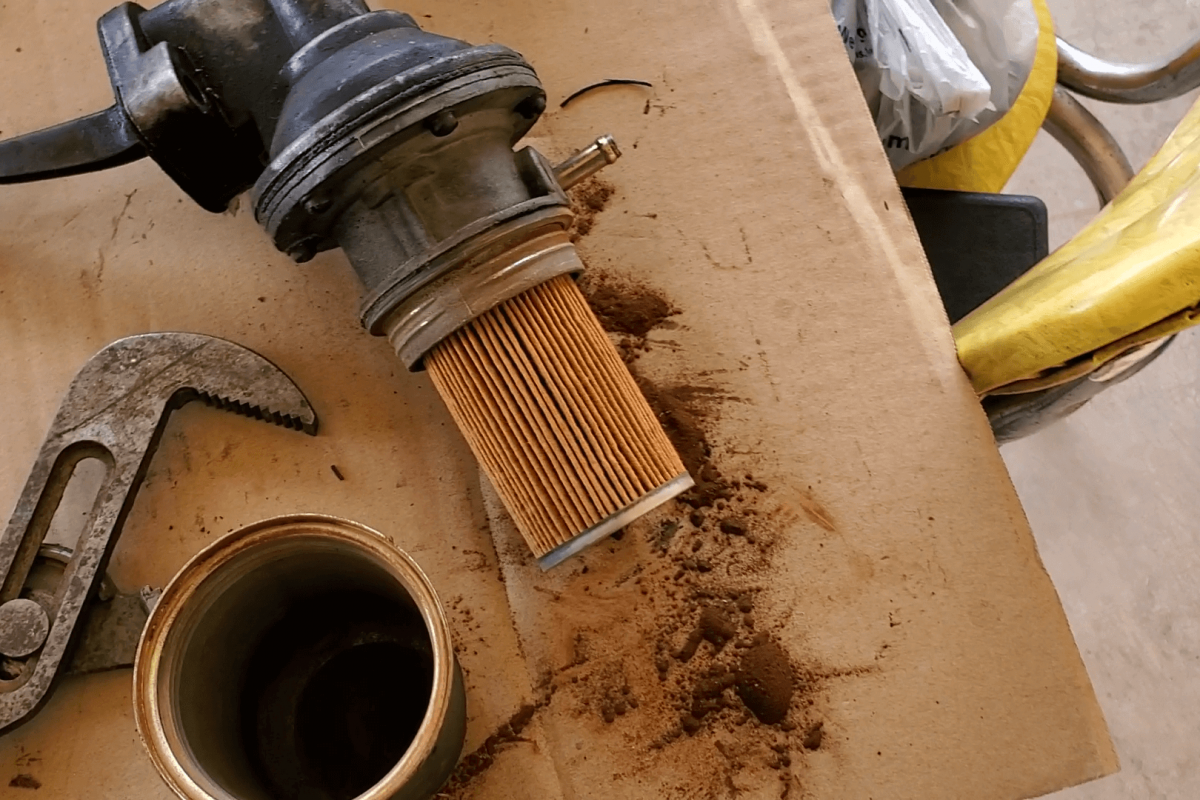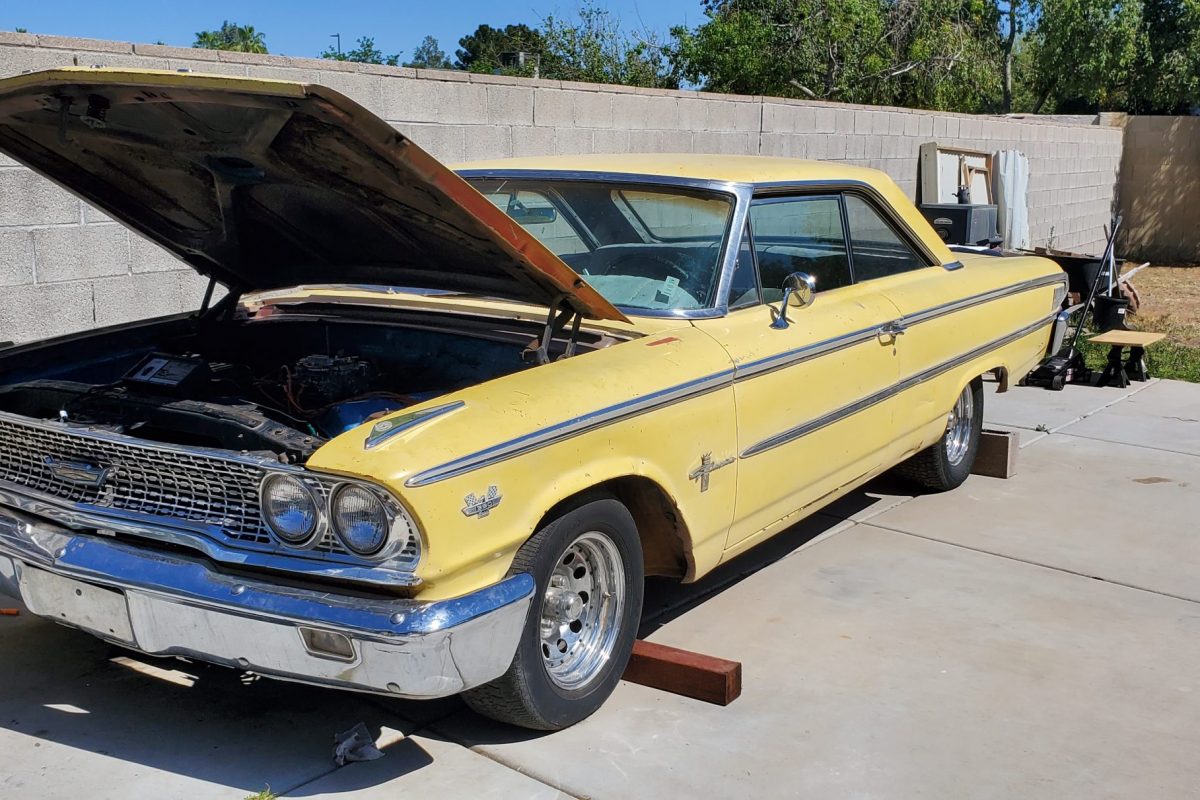We rebuilt the carburetor in our 1978 Ford Bronco a month or so ago and promised we’d do a follow up post on how to “tune” it. Ours is a 1978 Ford Bronco that goes by the name of Javelina Sue (it’s safe to say she likes her mud). Well, winter is behind us now. It’s getting warm again, and the easiest way to describe the carburetor problem is that she’s “breathing heavy”; the engine idle is irregular and sporadic. So it’s time to give the carb a tune! If you’re not familiar with basic carburetor and choke mechanics, don’t worry. I’ll give some basics, but without boring those of you who just forgot how to tune it. Maybe it’s been a while and you’re a little rusty.
How to tune the carburetor in a Ford Bronco
First let’s take note of what we’re working with. Our carburetor is a 4 bbl (barrell) Edlebrock 625 CFM with electric choke. This carburetor is standard for GM models, so I had to purchase the Ford linkage kit (throttle and transmission linkage) for it. The carburetor is sitting on a 6.6 liter V8, 400 M with aftermarket Edlebrock intake manifold. I tuned the carburetor this winter and afterward, the 1978 Ford Bronco was running great. Due to it being so cold back then, I had to manually adjust/close the choke just a bit to reduce the cold air flow at start-up.
Identify the Choke
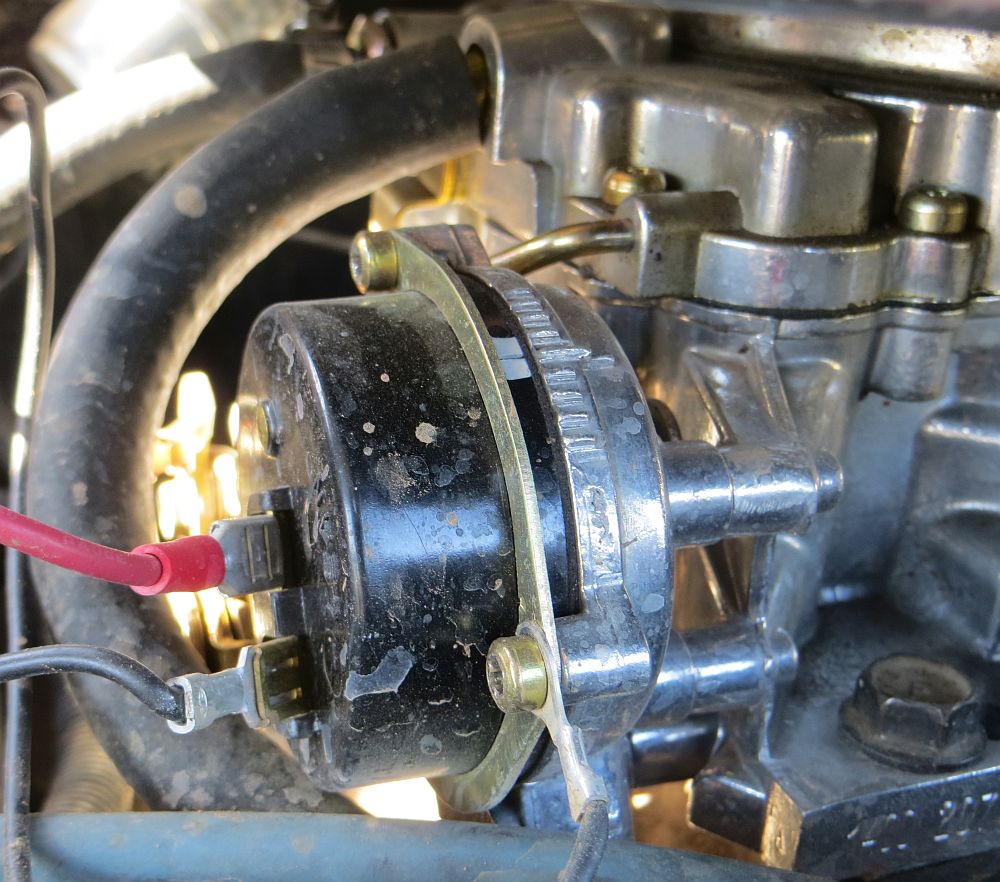
Our carburetor has an electric choke, which is wired to the ignition to ensure it gets the juice it needs to work properly. Inside of the electric choke housing, there’s a metal coil that will expand once the electric current heats it up. As the coil expands, it opens the choke to to allow for more warm air flow into the carburetor. The concept here is that when the choke opens up, it allows more warm air into the air/fuel mixture (and proportionately less fuel/richness) which creates a more easily combustible and optimal air/fuel mixture. The electric choke basically “leans” the mixture out for you once the engine reaches it’s normal operating temperature. Alternatively, if you have a manual choke you can run a pull cable from the carburetor and bolt it under the dash panel and just operate the choke manually.
Carburetor Tuning for the Seasons
Now that it’s getting warm again, we’ve manually adjusted the choke back to it’s normal, fully open, position. (There are three hex bolts that you slightly loosen, and then simply hand turn the choke housing). Since that’s complete, we can now begin to adjust the air/fuel mixture and idle screws to compete the carburetor tuning.
1.) You must first allow the engine to reach it’s normal running temperature. Note: You should leave the air cleaner on when tuning the carburetor so that it is under “normal” conditions.
2.) Once the engine has reached the proper temperature, you should adjust your Idle screw to a speed that creates the engine to “run the smoothest”. You can typically gauge it by “hear and feel” (as your body is leaning on the vehicle).

3.) Then begin with either the left or right air/fuel mixture screw (shown below). Clockwise will general reduce air flow. Turning the screw counter-clockwise will increase air flow. Now adjust the screw inward or outward, so as to create the highest or fastest idle. You want it to be both as fast and as smooth as possible. Repeat this step for the air/fuel mixture screw on the other side.

Once you’ve adjusted both air/fuel mixture screws accordingly, you should notice the engine running at a higher idle than when you first began the process. Now, it’s time to go back to the Idle screw from step 1, and lower the idle until it’s smooth and consistent. Repeat this process until it sounds “just right”.
What does “just right” sound like?
It”ll probably be in the range of 800-1000 RPMs and we all know what a smooth running engine sounds like. But, if you’re a perfectionist and ask, “What if I can’t hear what 800 rpms sounds like? Or variations at small increments like 50 RPMs?” Great question!!! Most of us can’t! And me included. So, in Dally’s Vintage Days style, we’re going to mix old and new by bringing in an automotive a tach/dwell meter.
We’ll only need the tachometer, so first set your meter to that function. You can pick one of these up for about $25 bucks from Amazon or try to find one on Craigslist. You can use the tachometer function to get a precise RPM reading which will really allow you to “fine-tune” your carburetor. And you’ll know it’s fine tuned when the second you turn the ignition, the engine just jumps; it immediately fires right up.
Have fun tuning the carb in your Ford Bronco or truck!
